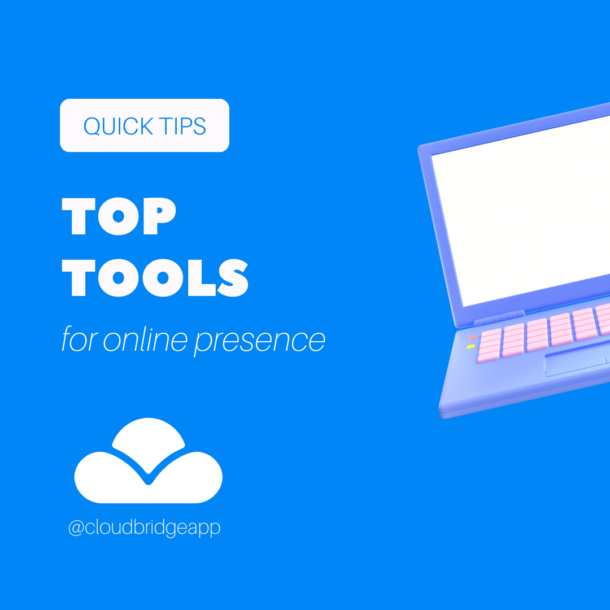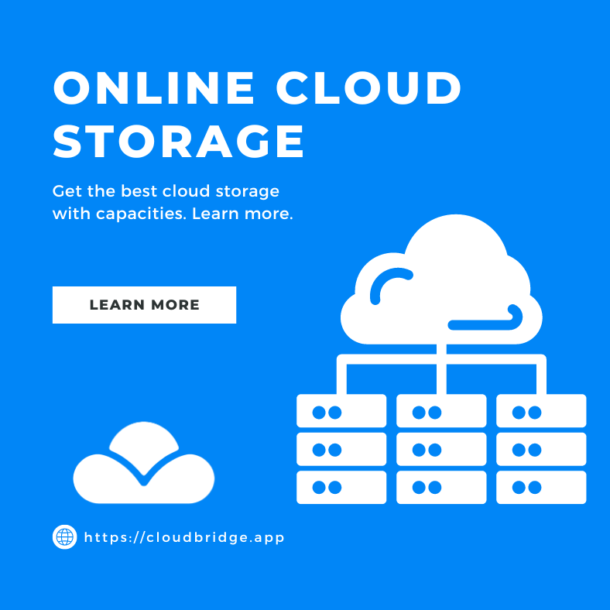Entrepreneur
· Productivity
· SaaS
· Workflow
Cha-Ching! How to Efficiently Manage Invoicing for Your Business with SaaS Tools
Ali Kizilbash
April 12, 2023Invoicing is a crucial aspect of any business, as it helps to ensure that payments are processed in a timely and efficient manner. However, managing invoicing can be time-consuming and tedious, especially for small businesses with limited resources. Fortunately, SaaS invoicing tools offer an efficient solution to this problem. In this article, we will explore the benefits of using SaaS invoicing tools and how they can help businesses streamline their invoicing process.
Automating invoicing
SaaS invoicing tools can automate the invoicing process, saving businesses valuable time and effort. Instead of manually creating invoices, businesses can set up recurring invoices, which are automatically generated and sent to customers at specified intervals. Additionally, businesses can create custom invoice templates, which can be easily populated with customer and product information.
Tracking invoicing status
With SaaS invoicing tools, businesses can easily track the status of their invoices, from when they were sent to when they were paid. This helps businesses to quickly identify outstanding payments and take appropriate action. SaaS invoicing tools can also provide real-time reporting on invoice status, giving businesses a better understanding of their cash flow and overall financial health.
Integrating with payment gateways
Many SaaS invoicing tools can integrate with payment gateways, such as PayPal or Stripe, allowing businesses to accept payments directly through the invoice. This eliminates the need for businesses to manually process payments or wait for checks to arrive in the mail. Integrating with payment gateways also makes it easier for customers to pay their invoices, as they can do so with just a few clicks.
Generating reminders and late fees
SaaS invoicing tools can also generate reminders and late fees for overdue invoices, ensuring that businesses are paid promptly. Businesses can set up automatic reminders to be sent to customers before the due date, reminding them to pay their invoice. Additionally, late fees can be automatically added to invoices that are not paid by the due date, incentivizing customers to pay on time.
Simplifying tax compliance
SaaS invoicing tools can simplify tax compliance by automatically calculating taxes and generating tax reports. This is especially important for businesses that operate in multiple states or countries, as tax laws can be complex and difficult to navigate. By using SaaS invoicing tools, businesses can ensure that they are compliant with tax regulations and avoid costly penalties.
Providing customer self-service
Many SaaS invoicing tools offer customer self-service portals, allowing customers to view and pay their invoices online. This saves businesses time and effort by eliminating the need for manual invoicing and payment processing. Additionally, self-service portals can provide customers with a better user experience, as they can easily view their invoices and payment history.
Essentially, SaaS invoicing tools offer a range of benefits to businesses, including automation, tracking, integration with payment gateways, generating reminders and late fees, simplifying tax compliance, and providing customer self-service. By using these tools, businesses can streamline their invoicing process, improve cash flow, and ultimately, grow their business.
Related Articles





